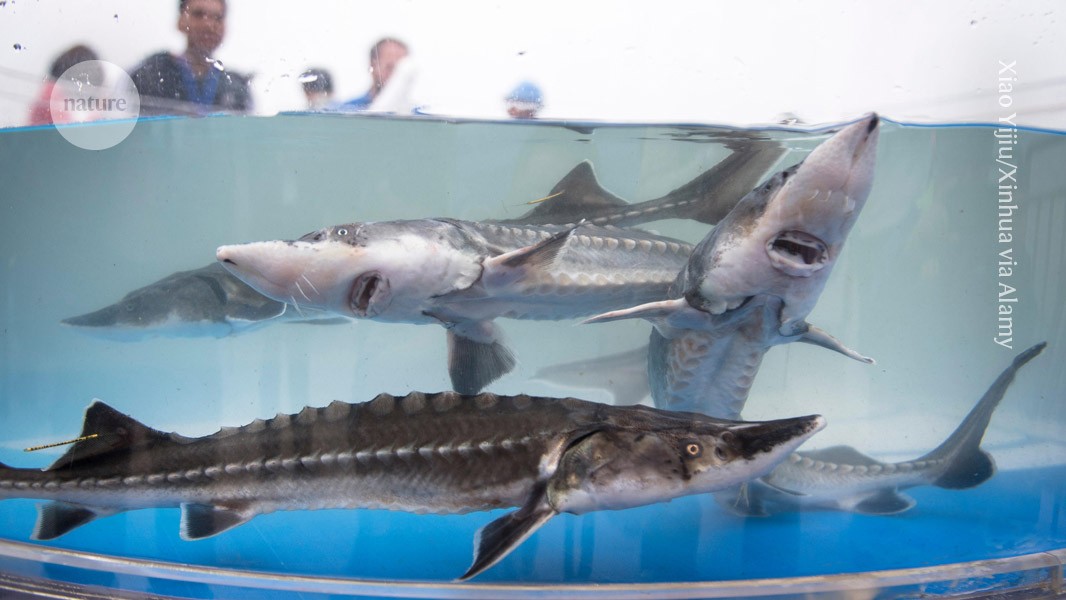Police officials at the University of California, Los Angeles, said on Wednesday that the dozens of pro-Palestinian protesters who were arrested in a parking garage on campus earlier this week had tools and other items that were intended to help occupy a campus building.
Members of the group had several metal pipes, a pair of bolt cutters, super glue, padlocks and a long chain, according to a statement from the U.C.L.A. Police Department. They also had literature that included “The Do-It-Yourself Occupation Guide” and the “De-Arrest Primer.”
Police officers initially arrested 44 people and charged most of them with conspiracy to commit a crime, according to the statement. Two local journalists were among those detained, but they were released without charges after being taken to a Los Angeles Police Department jail. The police said they did not have press credentials. A third person was also released without charges.
Sean Beckner-Carmitchel, a freelance journalist who has been covering the U.C.L.A. protests, was one of the two journalists arrested. He said he stumbled across the students in the parking lot after they were detained and began filming. His arrest “came out of nowhere,” he said.
“The idea that someone who quite clearly was just there to film, being guilty of a conspiracy, is absolutely cuckoo bananas,” he added.
Of those arrested, 35 were U.C.L.A. students, the police said. Four of the people arrested on Monday had also been arrested on May 2 when the police shut down a pro-Palestinian encampment at the campus. The 41 who face charges were released after being booked and cited, the police said.
The pro-Palestinian protesters who led the encampment at U.C.L.A. were unavailable for comment on Wednesday. In a statement after the arrests on Monday, the U.C.L.A. Palestine Solidarity Encampment said, “These unlawful arrests constitute harassment and abuse of power by law enforcement, and serve solely as an intimidation tactic.”
“The Do-It Yourself Occupation Guide” contains techniques for circumventing alarm systems, breaking into buildings and securing doors. The original manual, which was written more than a decade ago, was updated this year “in light of a nationwide resurgence of student occupations in 2024, beginning with Columbia University in New York, in response to an ongoing genocide in Palestine,” according to an editor’s note.
The U.C.L.A. Police Department said that as the 44 individuals were detained, a demonstration was occurring inside Moore Hall, a campus building that students were being encouraged on social media to occupy. The police said that it “became apparent” that the arrested protesters were planning to use their supplies to take over Moore Hall.
Another guide taken as evidence during the mass arrest was “Fight to Win: Protest Tactics and Staying Safe.” It describes police formations and contains advice on how to remain safe during a protest. It also has sections on protest tools like umbrellas and fire extinguishers, both of which were used by protesters last week at U.C.L.A. when the police raided their encampment.
While many of the pro-Palestinian encampments at colleges have been established in central quads or campus lawns, some demonstrators have gone further by taking over buildings and vandalizing property. The police last week quickly shut down a takeover of Hamilton Hall at Columbia University in New York, and law enforcement officers also ended a weeklong occupation of the administration building at the California Polytechnic State University, Humboldt.
U.C.L.A. administrators originally took a relatively tolerant approach to the encampment at their school, even as protesters were arrested within hours at some universities, including the University of Southern California. But after several days, the school chancellor, Gene Block, declared the encampment illegal on April 30 and told demonstrators to leave.
Later that night, counterprotesters attacked the demonstration site, and some beat pro-Palestinian protesters with sticks, used chemical sprays and launched fireworks as weapons. The police and security guards did not break up the melee for hours, and have not made any arrests. On the early morning of May 2, the police broke up the encampment and arrested more than 200 protesters.




More News
This ‘Russian’ Woman Loves China. Too Bad She’s a Deepfake.
Julian Assange’s Extradition Appeal Hearing: What Could Happen?
Ebrahim Raisi, Iran’s President, Dies in Helicopter Crash at 63